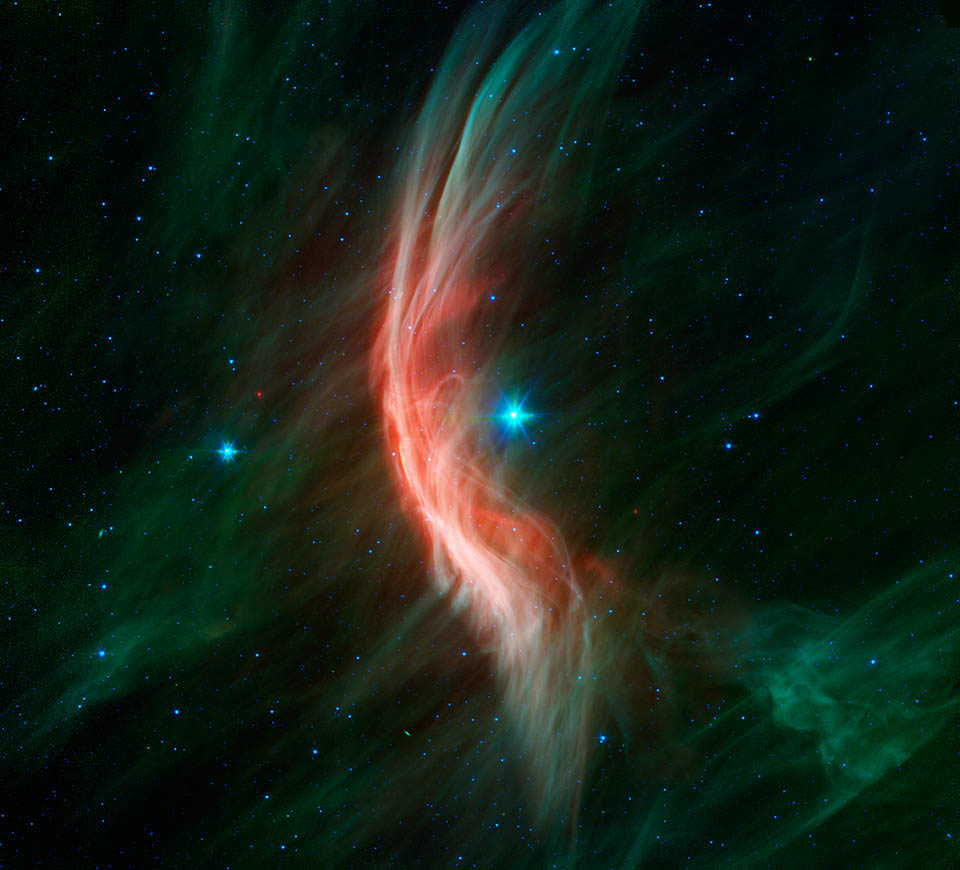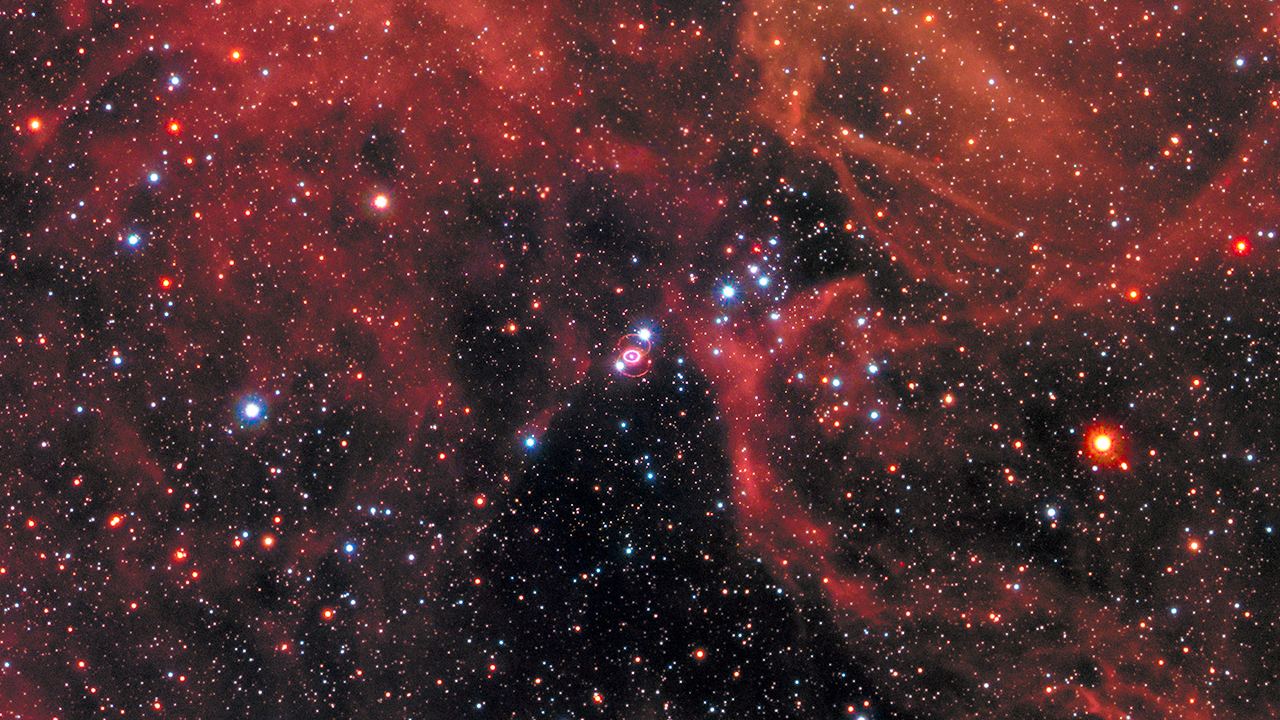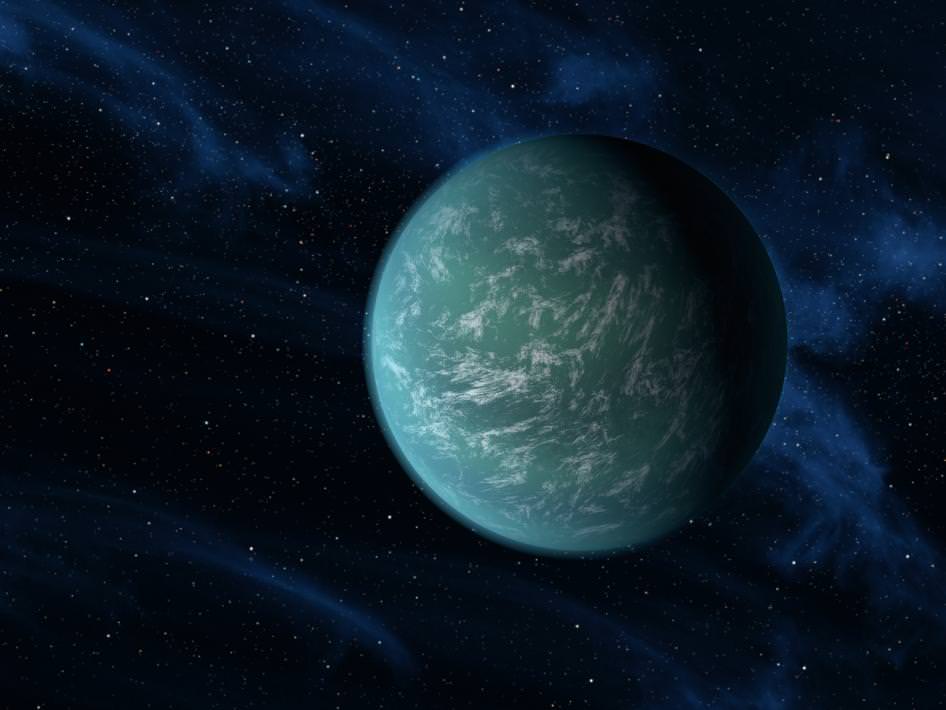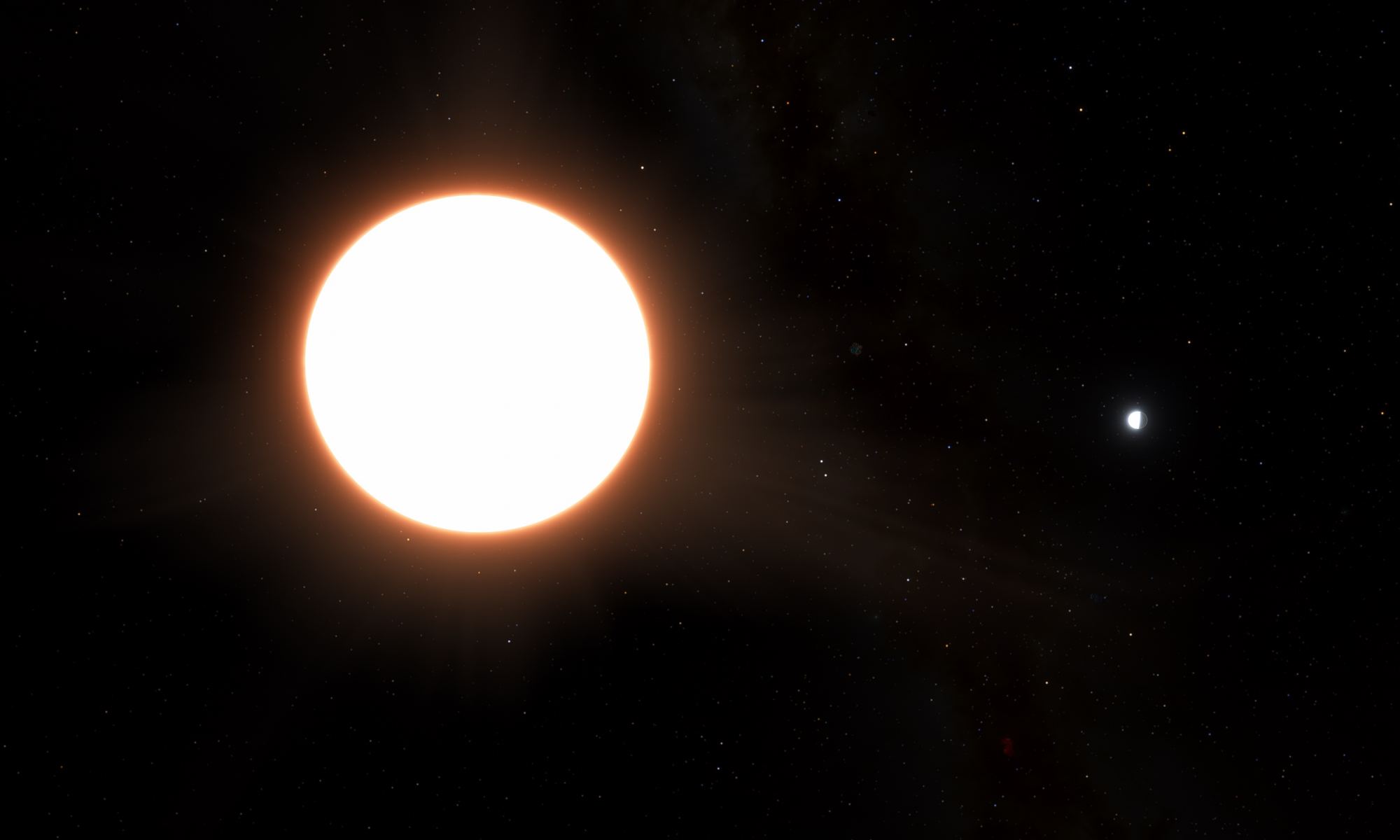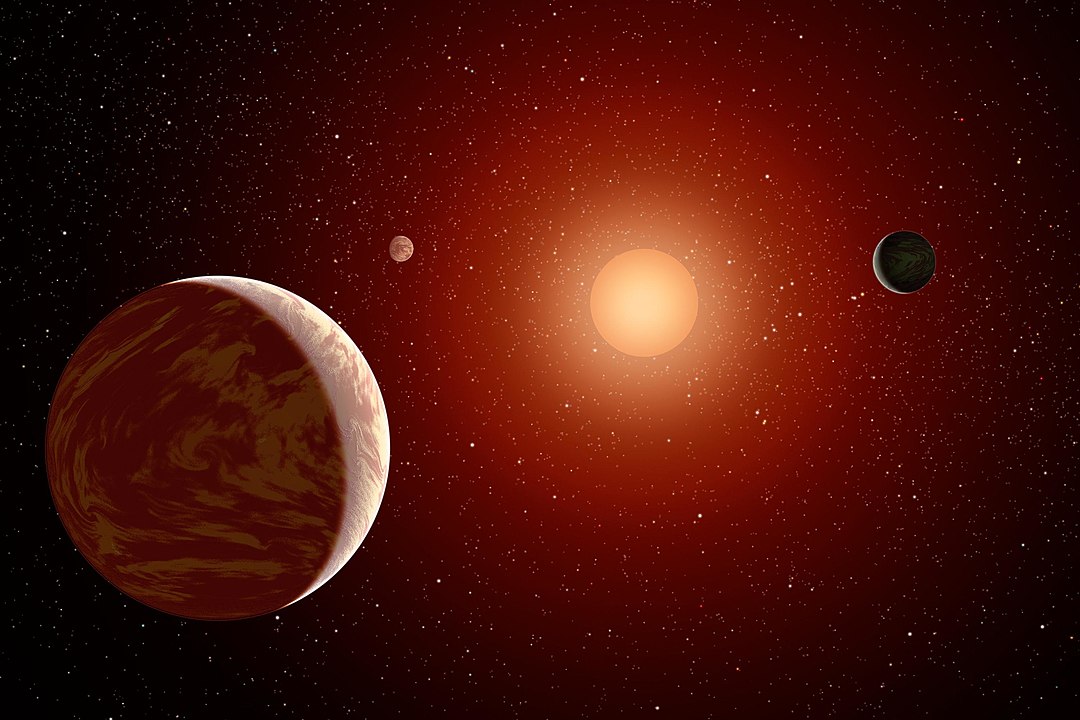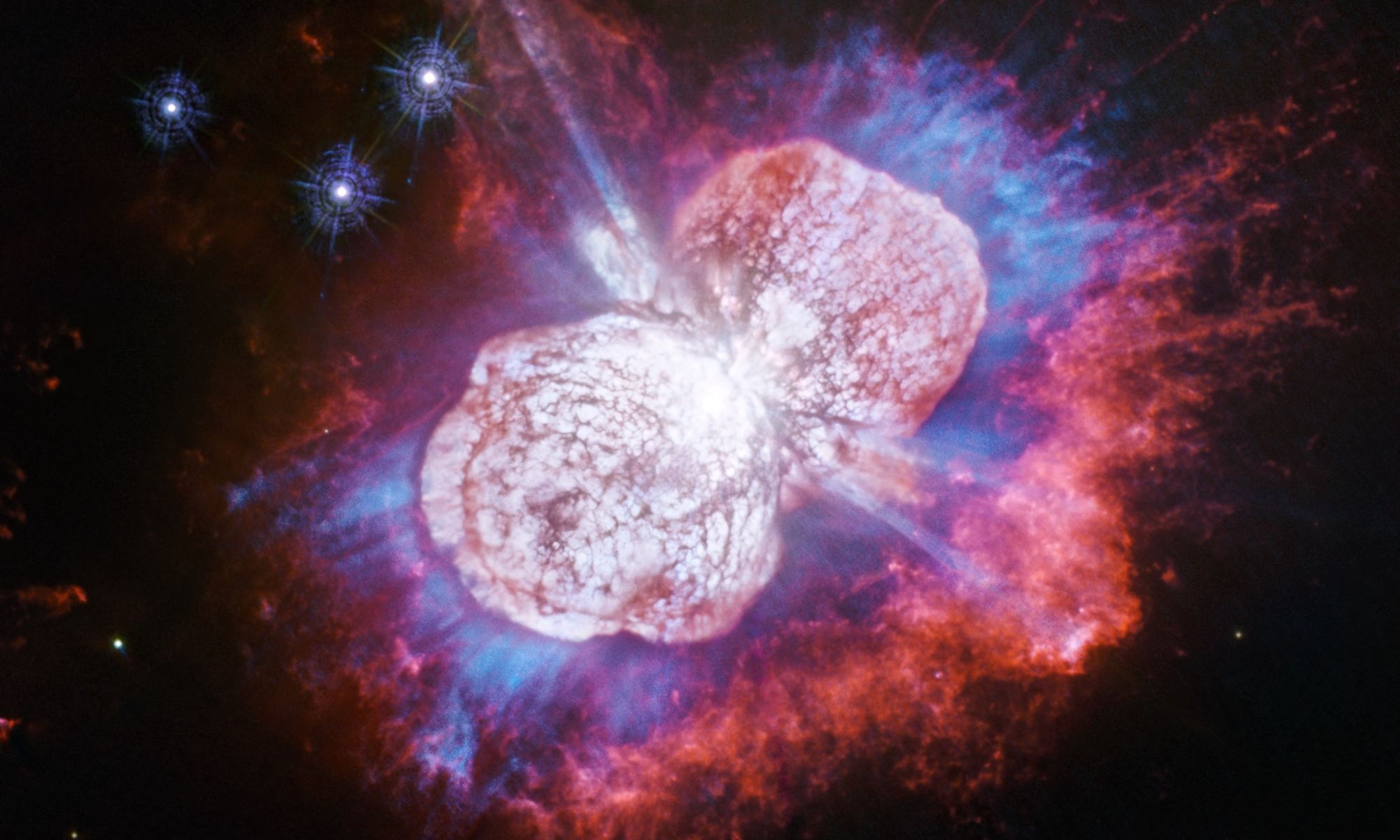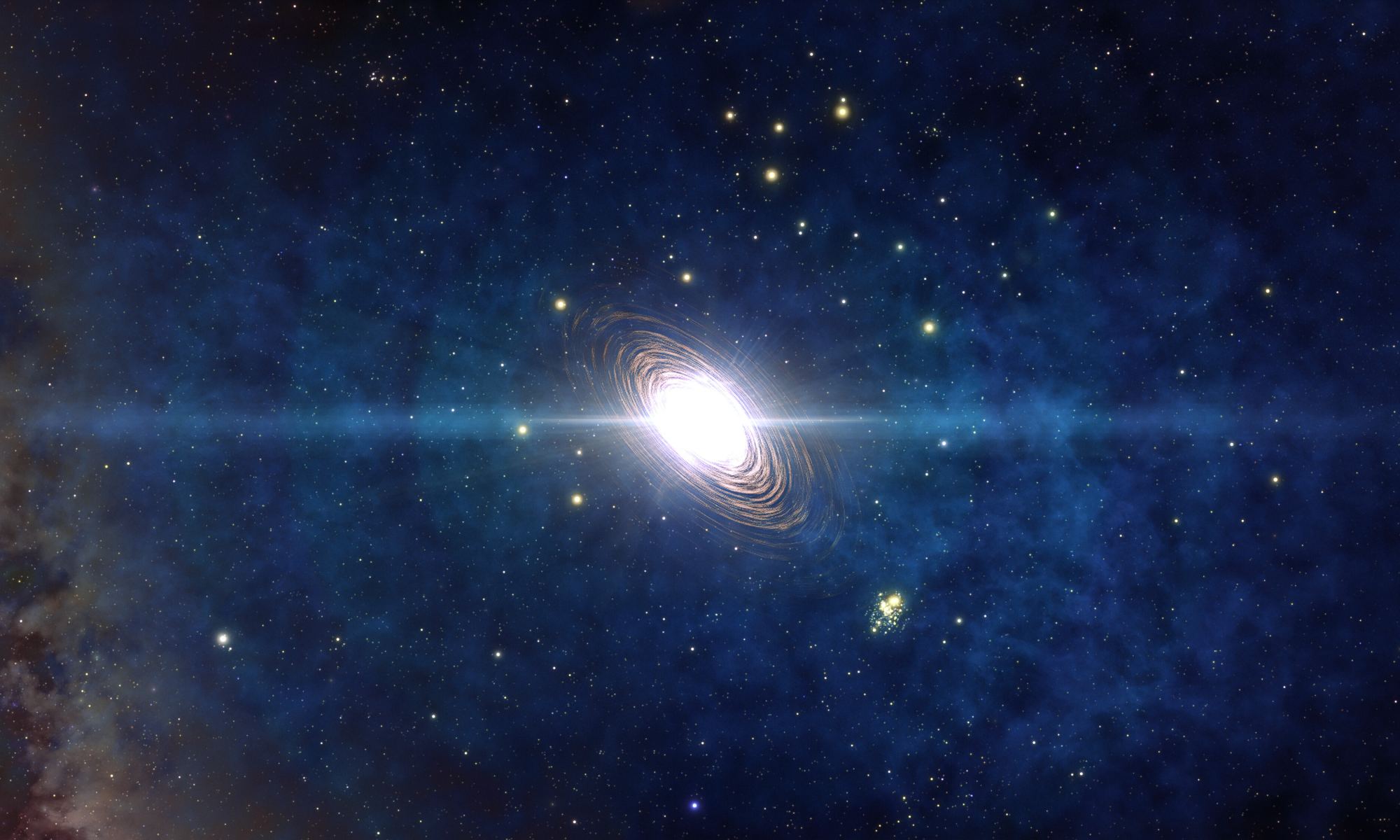The Milky Way can’t hold onto all of its stars. Some of them get ejected into intergalactic space and spend their lives on an uncertain journey. A team of astronomers took a closer look at the most massive of these runaway stars to see what they could find out how they get ejected.
Continue reading “Astronomers Find Dozens of Massive Stars Fleeing the Milky Way”Astronomers Find Dozens of Massive Stars Fleeing the Milky Way
